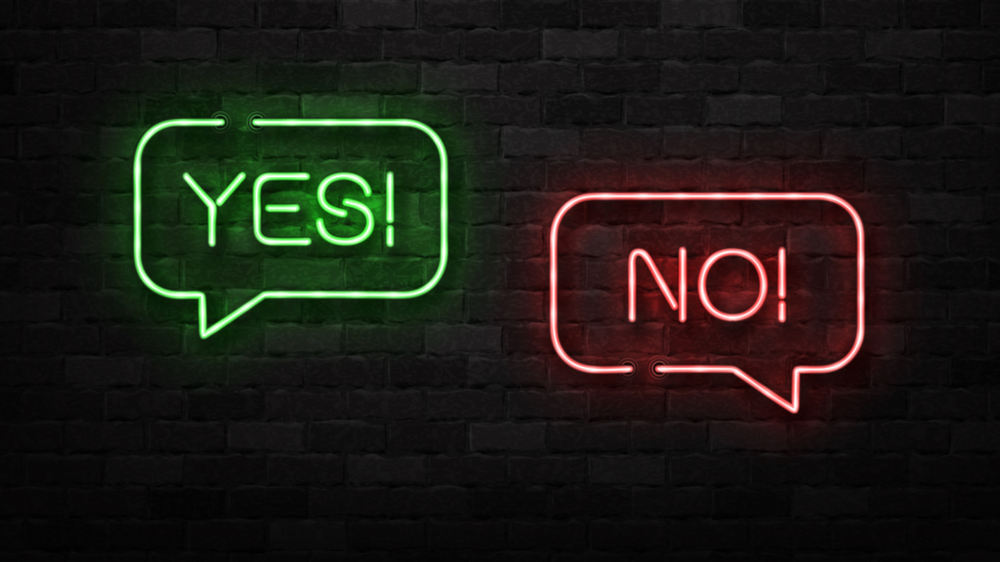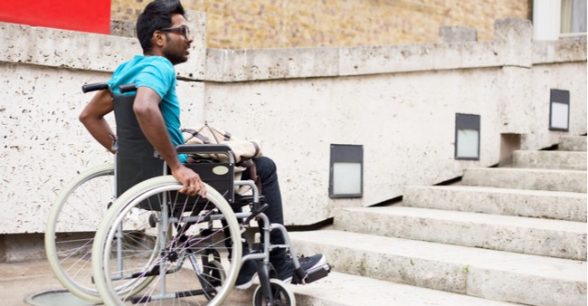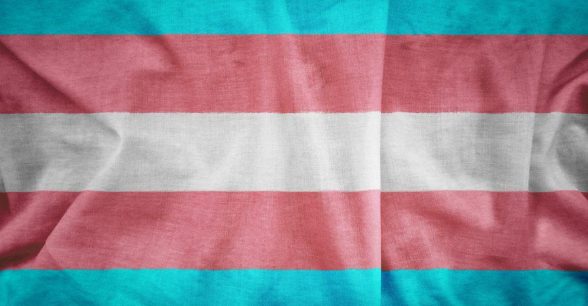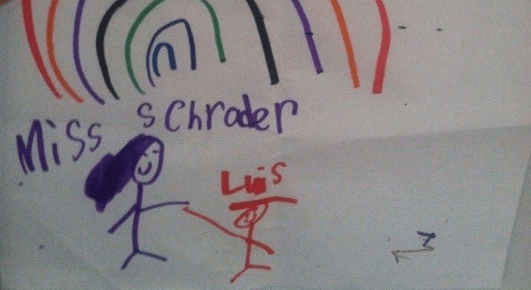Teaching “Yes Means Yes” Can Make Sex Education More Inclusive for the Disability Community
When I was 11, we learnt how to put a condom on a banana. Only one person per group had to demonstrate, and I shrank into the background while everyone else giggled. When I was 13, we learnt about reproduction and STDs. We never learnt about sex or relationships. That didn’t bother me, because having sex with anyone was really far removed from anything I could imagine for myself. I was an autistic girl in a place and time where that was not acknowledged or understood. I had a sex drive, alright, but wasn’t good at personal connections. It was something for when I was older, or maybe never. When “older” came, and I finally found myself in a position to actually have sex, I realised I knew nothing.
Not only are people with disabilities routinely excluded from sex-education, but also the education that is available is often insufficient. Often, people with disabilities are desexualised and no one considers their preferences, even though it has been shown that many do want a relationship and children. Considering those with developmental disabilities (including, but not limited to those with special educational needs), it should be obvious that they require support to understand the information given in sex-ed, even in mainstream schools. This support is rarely available. So while I had the sex-education that everyone else had, I also know that it is not good enough.
When I was 21, I met someone who was interested in me. After nearly half a year of him persistently pursuing me, and us developing a great friendship, I relented on going on a date. I figured that because we got along as friends, I didn’t have an excuse not to. No one had ever told me that I didn’t need a reason. This is a narrative commonly expressed by women with disabilities, one that makes them more vulnerable to abuse: “We should be lucky that anyone would want to be with us, don’t question it! Be grateful.”
One night, after a few drinks with friends, we found ourselves back at his place, in his room. He started undressing me and I became completely non-verbal. That happens rarely and I find it very frightening. All I really remember is the pain, and staring at the ceiling, trying to find patterns in the stucco. I was non-verbal and unable to say “no”, but I also didn’t say “yes.” In fact, I’m sure I did not display any affirmative body language.
This is why I think that “Yes Means Yes” should at the very least be discussed in sex-education. “Yes Means Yes” is increasingly becoming the focus of sex education, as well as being proposed as law in some European countries as well as some US states.
Of course, “Yes Means Yes” has its nay-sayers. One of the key things people claim to dislike about it is that it takes you out of the mood or isn’t romantic. First of all, it’s untrue. There are plenty of ways to ask for consent that don’t ruin the mood. “Are you enjoying this?” or “Do you want to go further?” work just as well in many situations as “Do you consent to [medical description of sex act]?”. Fortunately, as “Yes Means Yes” is increasingly used in sex education, the discussion on how to ask for consent is becoming part of the conversations high-schoolers are having.
The second objection to an explicit “Yes Means Yes” model of consent is that a large proportion of communication is non-verbal. This is particularly dangerous for people with disabilities. Firstly, there are those who struggle to interpret body language, and other non-direct context clues. Instead of further marginalizing these people, and branding them as “dangerous,” “Yes Means Yes” provides a clearer framework.
Secondly, people express body language differently, especially those with certain disabilities like autism. They might express their distress through stimming, which can take different forms for different people, but doesn’t always clearly read as “no” to an outside. Aside from that, it is not uncommon for anyone to freeze in frightening situations, rather than expressing the “fight-or-flight” response.
Lastly, people with disabilities are habituated to accept all sorts of unwelcome touches. This includes “forced intimacy” for those who require physical care, but also constantly have to field intimate questions about their bodies. It also includes the touches that are considered “normal” in society, such as kisses and hugs for grandparents, touching someone’s arm when talking or cheek kisses when greeting people. For some people with disabilities, such as autistic people like myself, these are painfully unwelcome. We are expected to accept these, and let our boundaries be ignored, in order not to appear rude or “weird.” This can make it difficult for some to object to any kind of touch, as the “rules” are not clearly explained. These “rules” for social touches need to be overhauled anyway, and “Yes Means Yes” opens the door for anyone to clearly express themselves and whether they want to be touched.
I want to stress that I firmly believe that my then-boyfriend didn’t mean any harm. Unfortunately, that’s not good enough and as a society we should strive to do better. The next day, I decided to talk to him about what had happened, despite not really understanding it myself. I told him I felt bad in some way and asked for his input. He suggested that I was surprised by how much I had enjoyed myself. Ultimately, I wound up believing him and while our relationship didn’t last much beyond this, it took me almost a year to realise exactly how unwelcome the experience had been.
This is where specific sex-education for people with disabilities comes in. I believe that there is particularly a need for sex education for adults with disabilities because some (not all) people with disabilities start being sexually active at a later age, for a variety of reasons, and sex education is typically focused primarily on teenagers. There are many stories of adults with disabilities becoming sexually active later in life and then being confronted with how much they don’t know, especially compared to their peers with years more experience.
Disabilities (unfortunately) often create power inequalities, not least because many people with disabilities require care, which is often given by their partners. The gap in experience between those who become sexually active much later in life and their partners can widen that gap considerably. Power inequalities are increasingly being addressed in sex ed, but more needs to be done.
For those who are reliant on their partners for care, this could include easier ways to leave that situation. No one should be reliant on an abusive partner for care. For others, such as autistic people, or those who may experience some level of alexithymia (difficulties recognizing emotions and feelings), that could include information on what romantic and sexual relationships are meant to be like. This includes clear and direct conversations about why we have romantic or sexual relationships and what we want from them.
There’s been a lot of progress in this area, but there’s also a long way to go. It’s important to remember people with different disabilities have different needs. I hope this conversation continues to evolve to make sex-education more inclusive, and to protect people with disabilities.
About Rooted In Rights
Rooted in Rights exists to amplify the perspectives of the disability community. Blog posts and storyteller videos that we publish and content we re-share on social media do not necessarily reflect the opinions or values of Rooted in Rights nor indicate an endorsement of a program or service by Rooted in Rights. We respect and aim to reflect the diversity of opinions and experiences of the disability community. Rooted in Rights seeks to highlight discussions, not direct them. Learn more about Rooted In Rights




Him saying you were surprised by how much you enjoyed yourself is messed up